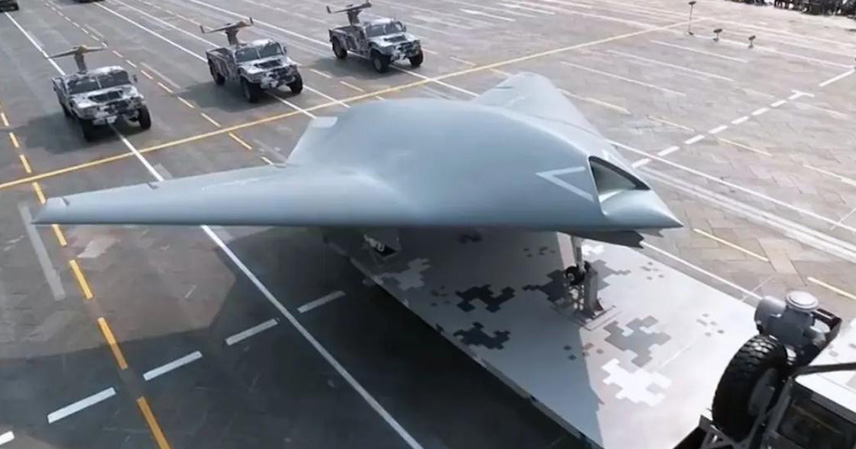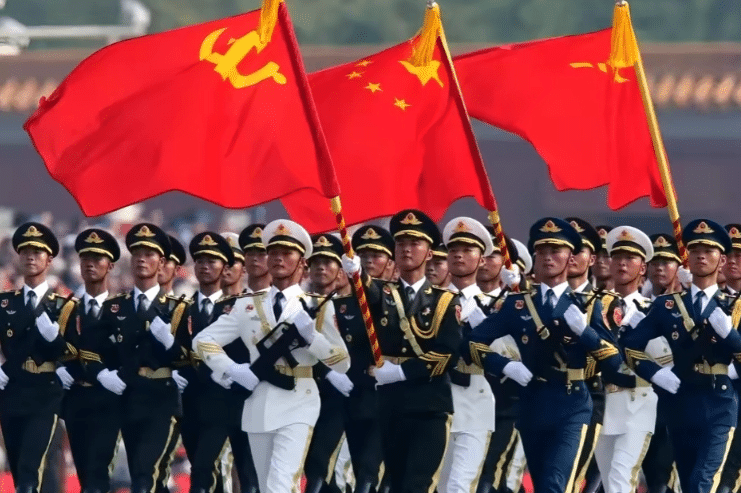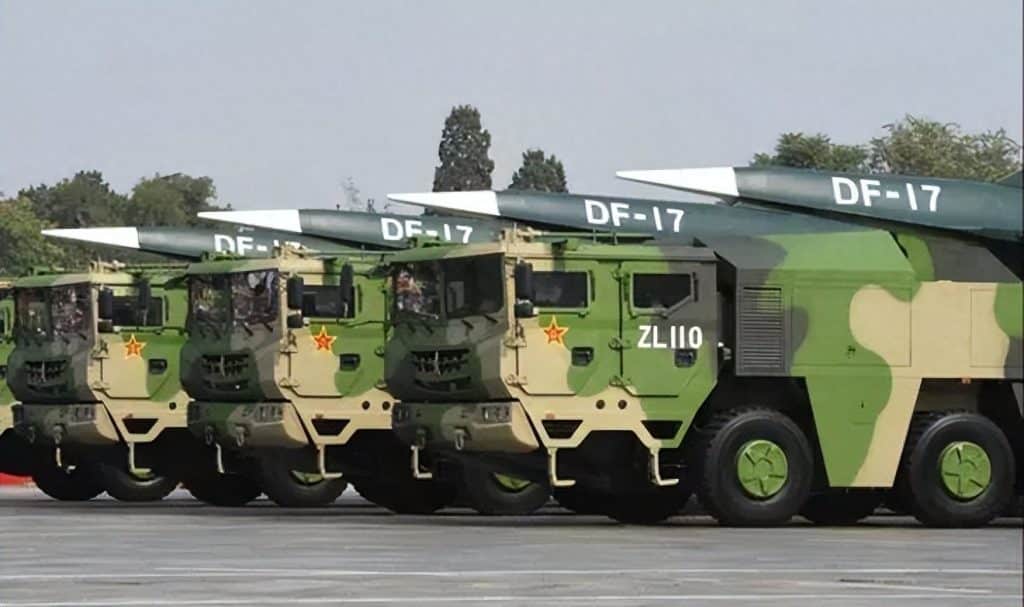In a significant move that could reshape the balance of power in the India-China border region, China’s People’s Liberation Army (PLA) has officially deployed its Attack-11 stealth unmanned aerial vehicles (UAVs) for the first time, marking a new chapter in China’s military capabilities. Reports from various US military media outlets, including Warzone and Military Watch, reveal that the deployment, which took place in Tibet’s Shigatse Air Base, is not just symbolic but indicative of a larger strategy to assert air superiority in the region.
1. First Ever! PLA’s Stealth UAV Squadron Takes Position at the Sino-Indian Border
According to satellite images and reports from the US-based Warzone and Military Watch, the PLA Air Force’s stealth UAV, the Attack-11, has now been deployed in full operational force, with at least one squadron stationed at the Shigatse Air Base in Tibet. The base, located approximately 100 kilometers from the Sikkim border, serves as a major PLA air base in the western region of the India-China border. This move comes as a direct response to growing tensions with India, signaling a powerful shift in China’s strategic posture in the region.
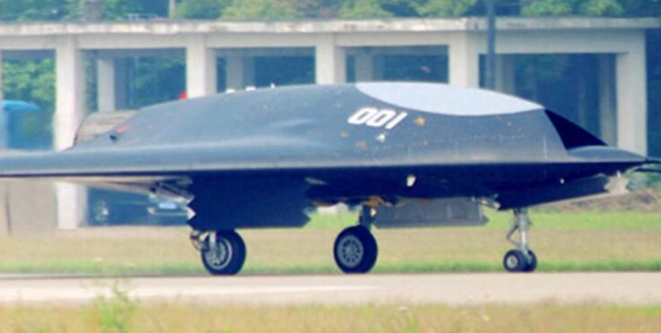
Shigatse, which boasts one of the longest military runways globally, is a crucial facility that can support the deployment of heavy aircraft, bombers, early-warning aircraft, and large UAVs. The base’s location at an altitude of nearly 3,800 meters presents unique challenges, including low oxygen levels and harsh weather conditions, all of which the Attack-11 has reportedly adapted to after rigorous testing.
From satellite images, the Attack-11 UAVs can be seen in multiple paint schemes, with most adopting the grey, low-visibility color scheme common to the PLA’s manned aircraft. At least one unit features a reddish-brown protective coating, possibly indicating a test model or a special mission configuration. US analysts have speculated that the relocation of these UAVs to Shigatse from previously secretive facilities in Xinjiang signals that they are now in operational deployment phase, rather than being solely for testing.
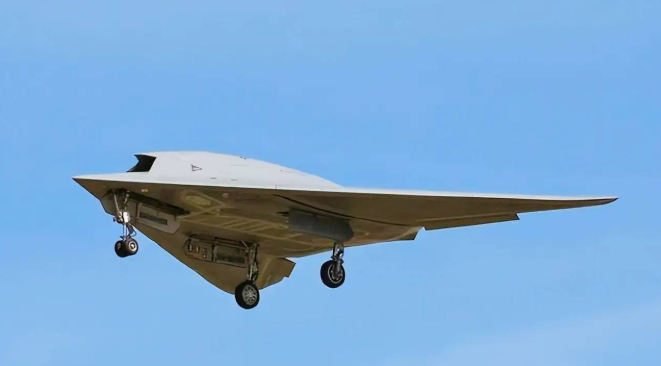
2. The Attack-11: A Stealth UAV with Performance on Par with Fifth-Generation Fighters
The Attack-11 represents China’s first fully operational stealth UAV, designed with a flying-wing layout similar to the US Air Force’s B-2 stealth bomber. This design maximizes radar stealth capabilities by reducing the aircraft’s radar cross-section (RCS) to an extraordinary level of 0.001 square meters. While this layout compromises some speed and maneuverability, it provides the Attack-11 with stealth capabilities that rival those of fifth-generation manned fighters.
Military experts believe that the UAV’s maximum speed likely exceeds Mach 1, ensuring it can operate in coordination with China’s stealth fighter jets, such as the J-20. The Attack-11 also boasts an impressive payload capacity, capable of carrying up to 2 tons of weapons internally, which ensures its stealth integrity is maintained during combat operations. Among the weapons it can carry are four to six PL-15 long-range air-to-air missiles, Changjian-10 cruise missiles with a range of 2,000 kilometers, and anti-radiation missiles to neutralize enemy radar systems.
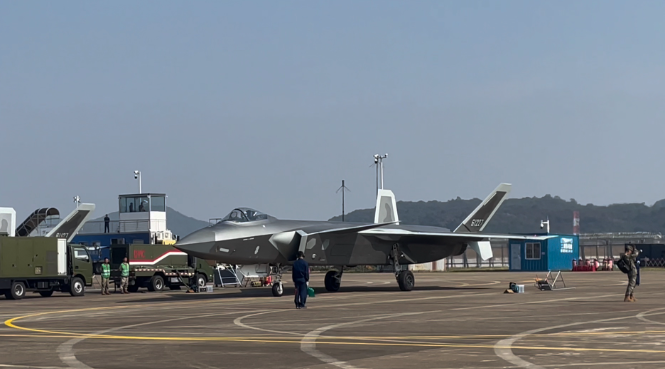
The Attack-11 is also equipped with potential electronic warfare pods, allowing it to carry out “soft kill” missions, targeting and disrupting enemy command and control systems. This makes the UAV a formidable addition to China’s aerial strike capability, complementing the J-20 stealth fighters and enhancing China’s ability to penetrate advanced air defense systems in contested environments.
3. US Analysts: India Faces Increasing Military Pressure from PLA
The deployment of the Attack-11 has raised alarms among military experts, particularly in India. US analysts suggest that the presence of this new stealth UAV squadron at the Tibet base represents a major strategic challenge for the Indian Air Force (IAF). The IAF has already faced numerous challenges in recent years, particularly after the Pakistan Air Force modernized its fleet with Chinese-made J-10C fighter jets, as well as acquiring early-warning aircraft and air defense systems from China. These upgrades have tipped the balance of power in South Asia, as evidenced by India’s devastating defeat against Pakistan earlier this year in an aerial skirmish, where India’s Rafale jets were unable to prevent the J-10C from inflicting significant damage.
Now, with the Attack-11 integrated into the PLA’s air force structure, India’s air superiority in the region is further undermined. The stealth UAVs, operating in tandem with China’s J-20 fighters, could pose an insurmountable challenge to the IAF, particularly given the UAV’s ability to penetrate Indian airspace and engage high-value targets deep within India.
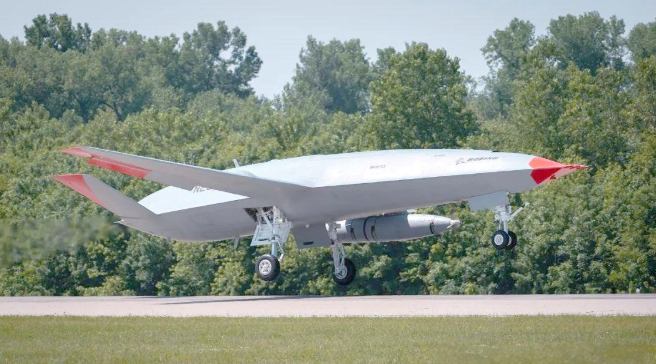
In an operational scenario, the J-20 could serve as a command-and-control hub, directing multiple Attack-11 drones to execute complex strike missions. This would increase the PLA’s ability to conduct precision strikes on critical targets, such as airfields, missile defense systems, and logistical hubs, significantly degrading India’s military infrastructure.
The Technological Advantage: China Surpasses US and Europe in Stealth UAV Development
China’s success in deploying the Attack-11 highlights the growing technological gap between China and Western nations in the field of unmanned stealth aircraft. While the US invested heavily in projects like the X-47B UAV, these initiatives ultimately failed to reach operational deployment due to technical challenges. In contrast, China has successfully developed, tested, and deployed the Attack-11, marking a significant leap in its military UAV capabilities.
Currently, the only stealth UAVs in the US arsenal are auxiliary systems like the MQ-25 “Stingray” tanker drone, which lacks combat capabilities. By contrast, the Attack-11 represents a true combat-capable stealth UAV, giving China a clear lead in this emerging technology.
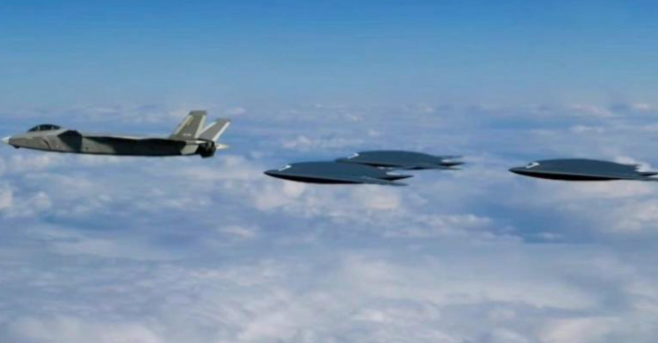
Conclusion
The deployment of the Attack-11 in Tibet represents not just a technological leap for China but a clear indication of its growing strategic capabilities. As China continues to refine its stealth UAVs, it has positioned itself at the forefront of unmanned aerial combat technology, leaving both India and the US with formidable challenges. With the growing integration of AI and autonomous systems, the PLA’s UAVs, especially the Attack-11, are poised to reshape the air combat landscape in Asia, shifting the balance of power in the region.
References
- Warzone Report on PLA’s Stealth UAV Deployment
- Military Watch Analysis of Attack-11 and its Strategic Implications
- Satellite Imagery and Analysis of PLA Air Base in Tibet

